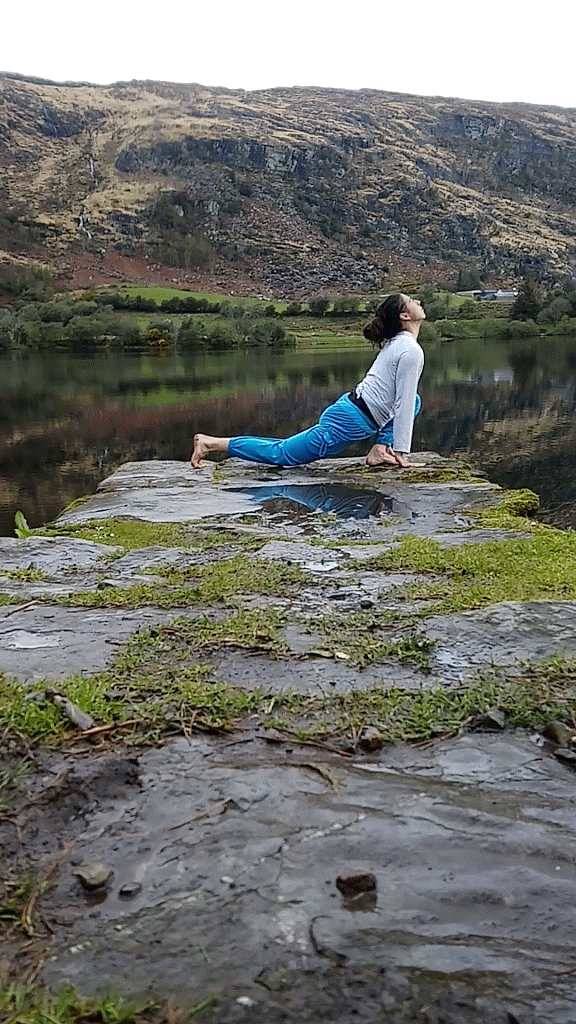
Yoga



Green Blue Yoga, led by Julie Pujol, offers a variety of yoga classes designed to enhance physical and mental well-being. Practicing yoga can increase strength and flexibility, reduce stress, improve posture, and promote overall body and mind wellness. By coordinating postures with breath, yoga becomes a moving meditation that activates the parasympathetic nervous system, improving mental well-being and teaching deep relaxation techniques.
The studio provides several class styles to cater to different needs:
-
Vinyasa Flow Yoga: A dynamic sequence linking poses with breath to de-stress and reconnect with the body.
-
Ashtanga Yoga Mysore Style: A self-paced practice following the Ashtanga primary series, emphasizing memorization and alignment.
-
Gentle Hatha Yoga: A slower-paced practice suitable for all levels, easing into poses gradually.
-
Yin Yoga: Involves holding gentle stretches for several minutes to release tension.
-
Yoga Nidra & Guided Meditation: Focuses on deep relaxation and self-awareness through guided instructions.
-
Partner & Acroyoga: A playful practice that builds trust and connection through partner-based poses and movements.
-
Yoga for Athletes: Targets balancing strength and flexibility to enhance athletic performance and prevent injuries.
Each class is tailored to accommodate varying energy levels, moods, physical conditions, and desired outcomes, ensuring a personalized yoga experience.


